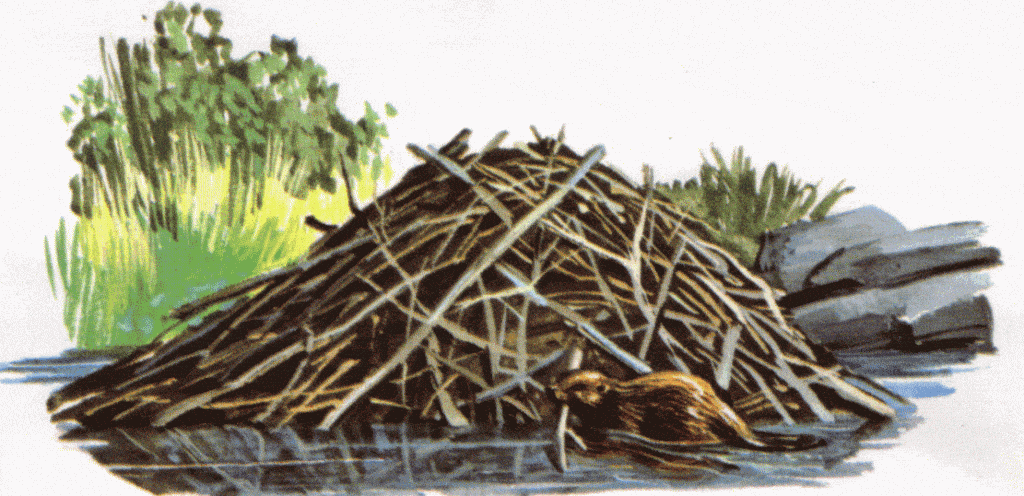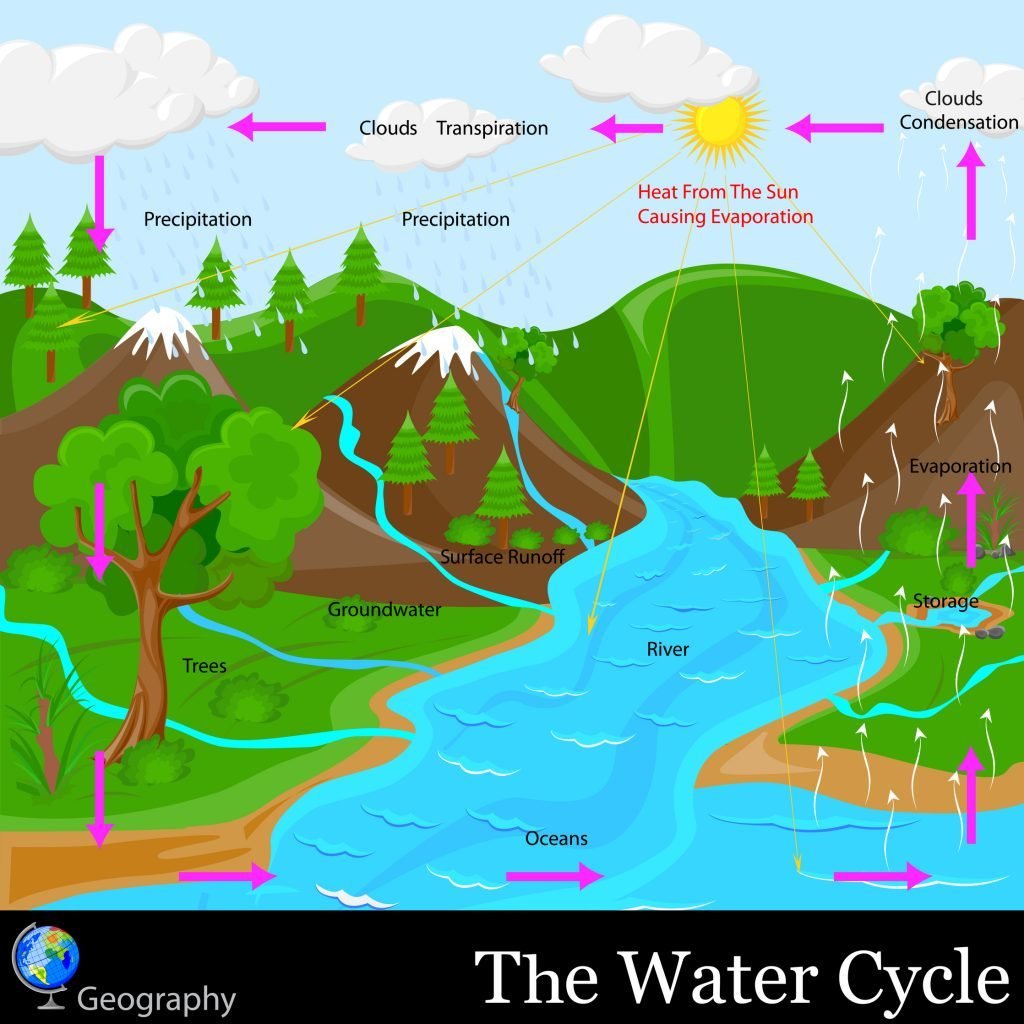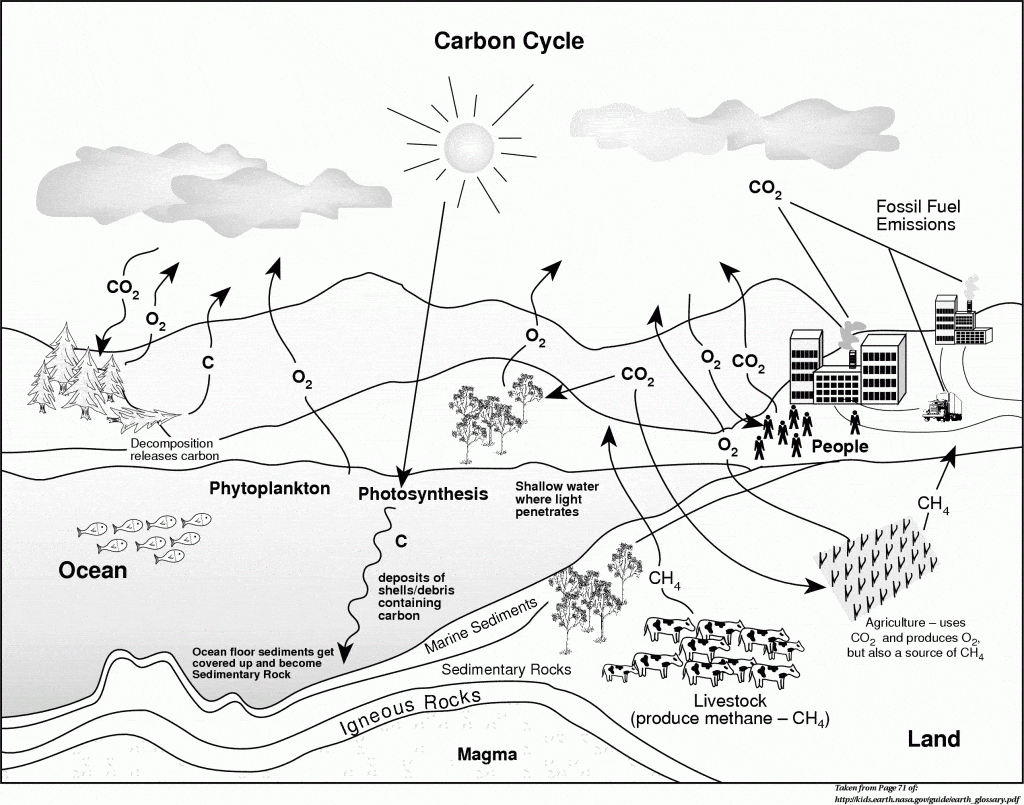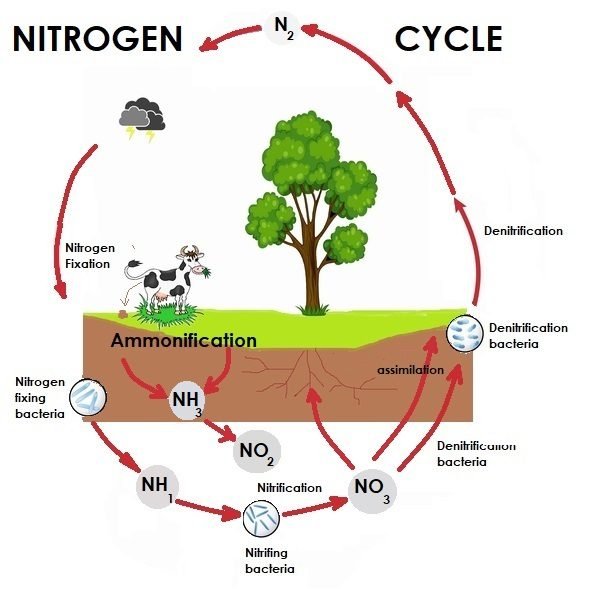Summary
What is an Ecosystem
An ecosystem consists of an environment together with all the naturally occurring organisms and non-living things in it. Example of non-living things that support life in an ecosystem are light, air, soil, and water. Living things are the plants and animals, called organisms, that use those resources. All the living things in an ecosystem are called a community. All of one specific kind of organism living in a community is called a population.

All living organisms perform certain life processes. They take in nutrients like air, sunlight, water and food. They use energy from nutrients to grow and develop. When they do work or move, they release energy. They also release waste products. They reproduce as well. Living organisms interact with the environment.


Elements in nature are recycled, re-used by living organisms. There are three main cycles of an ecosystem. They are: the water cycle, the carbon cycle and the nitrogen cycle. These three cycles work together to help sustain life.
Exercises for this part: Refer to Ecosystems Exercise 1 and 2 below. See worksheets below.

The Water Cycle
The water cycle describes movement of Earth’s water. First, the water evaporates from the surface of the Earth, it rises in the atmosphere and cools and condenses into rain or snow in clouds. Then the water falls again to the surface as precipitation. This cycle forms the various weather patterns on Earth.

Activity
Draw an annotated diagram of the water cycle.

The Carbon Cycle
Carbon is a common element in all living things and the environment. Carbon moves; it attaches to some oxygen to form carbon dioxide. Methane also has carbon in it. Both of these gases absorb and retain heat in the atmosphere. Every things eats carbon or have carbon in it. It is constantly circulating in the atmosphere.


The Nitrogen Cycle
Nitrogen is one of the primary nutrients necessary for the survival of living organisms. 78% of nitrogen is in the atmosphere, but largely in a form inaccessible (N2). This makes it a scarce resource. It needs to be fixed as nitrates and thus there are four phrases: nitrogen fixation, ammonification, nitrification, and denitrification.
Nitrogen fixation. This process takes place in several ways. Oxygen is combine with nitrogen to form oxides. When these oxides dissolves in water they form nitrous and nitric acid. When these acids combine with other salts they form nitrates. This reaction also takes place when there is thunder and lightening. Bacteria in root nodules of legumes and in the soil also converts nitrogen to nitrates.
Ammonification. The decomposition of proteins of dead and decaying plants and animals by ammonifying bacterial (such actinomycetes and fungi) is called ammonification.
Nitrification. Converting ammonia into nitrate is called nitrification. Ammonia is converted to nitrite by bacteria (Nitrosomonas) and then to nitrate by bacteria (Nitrobacter). It then available to primary producers, such as plants, from the soil.
Denitrification. Converting nitrate back to nitrogen is known as denitrification. First bacteria convert the nitrate to nitrous and nitric oxide and then to molecular nitrogen.


Humans Impact Ecosystems
Human impact the ecosystems and its cycles. These activities have created an imbalance and disrupt the ecosystems. It has cause ozone depletion, greenhouse effect and other environmental problems.

With the rise of industries, we are converting inert forms of nitrogen into reactive forms, like inorganic fertilizers, that plant can use. These leak into the waterways.
Most of the earth’s carbon is stored in rocks and sediments. the rest is located in the ocean, atmosphere and in living organisms. These reservoirs holds about 50 times more carbon than what is in the atmosphere. Human processes release this carbon back into the atmosphere very quickly by burning fossil fuel and deforestation.
Adding substances to the water supply, intentionally or not, comes back as precipitation falls on the ground and moves into rivers and creeks. These are farm pesticides, herbicides and fertilizers, waste from faulty septic systems, improperly handled manure, gas, oil, and pet waste. These are the cause of ozone depletion, greenhouse effect and other environmental problems.
Impact on Carbon Cycle
Impact on Nitrogen Cycle
Impact on Water Cycle
Worksheets
Click on the links below to download the PDF worksheets.






















